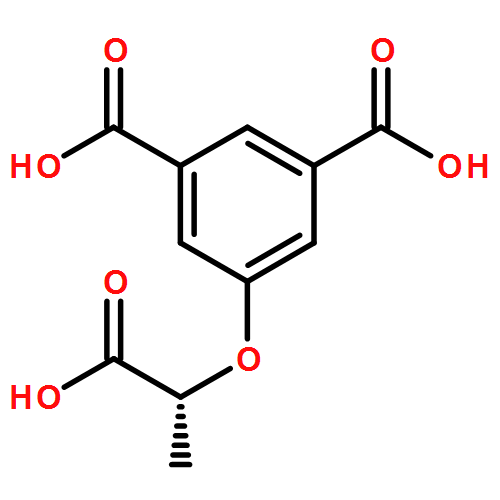Co-reporter: Zhong-Xuan Xu, Yu Xiao, Yao Kang, Lei Zhang, and Jian Zhang
pp: 4676
Publication Date(Web):August 10, 2015
DOI: 10.1021/acs.cgd.5b00958
Two enantiopure organic linkers ((R)-H3CIA and (S)-H3CIA) derived from lactic acid have been synthesized and used to construct four pairs of homochiral metal–organic frameworks (HMOFs) with polymetallic building blocks. Crystallographic analysis indicates that H3CIA ligands can connect tetranuclear zinc units into kgd type layered structure, while the introduction of nitrogen heterocycle auxiliary ligands into this system gives rise to the formation of three-dimensional homochiral MOFs with different structural topologies. Physical characteristics of these complexes are also carried out, including thermal stabilities, solid-state circular dichroism (CD), and photoluminescent properties. Our results highlight the effective method to apply inexpensive and nontoxic chiral ligands to prepare interesting HMOFs.
